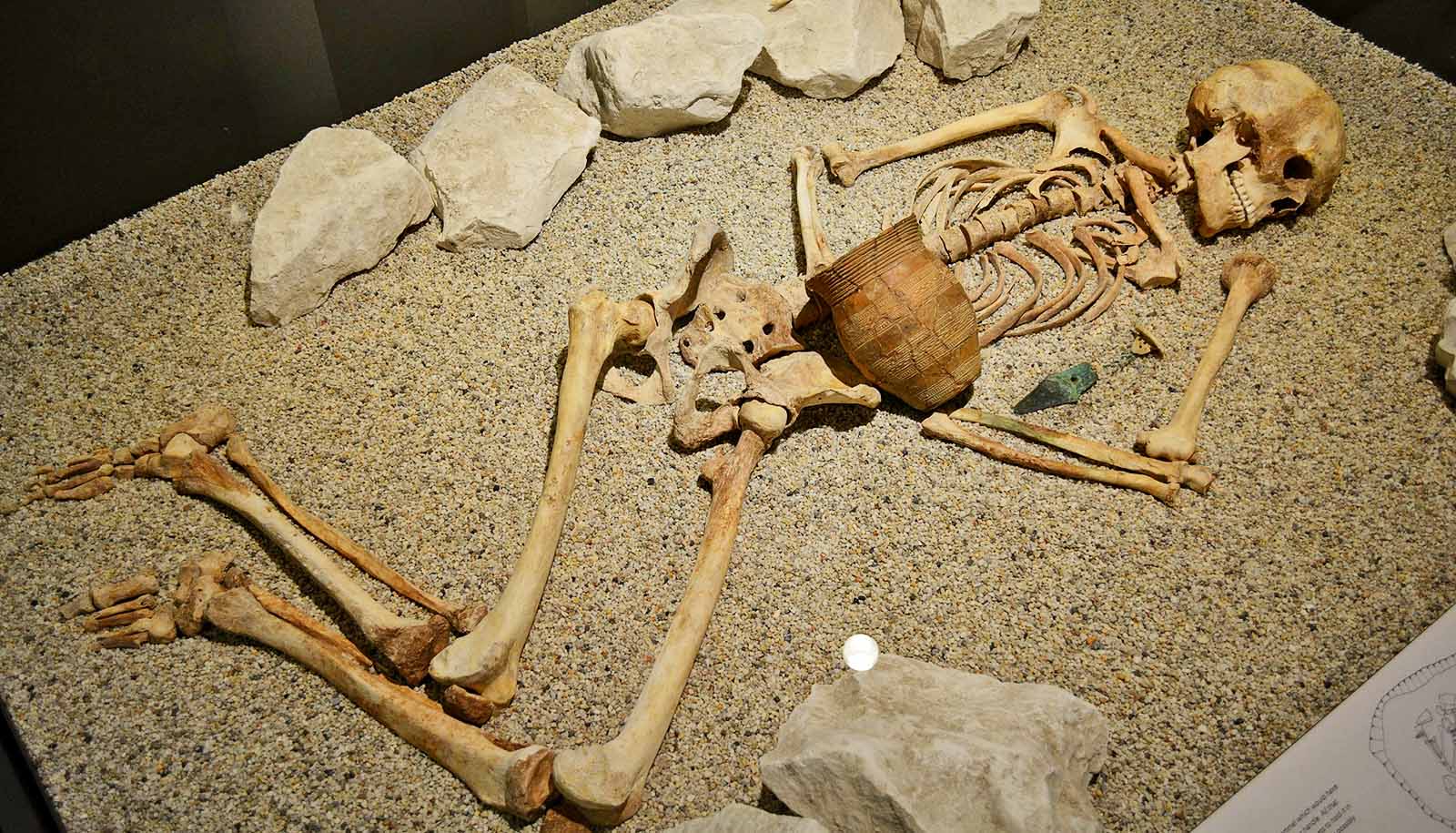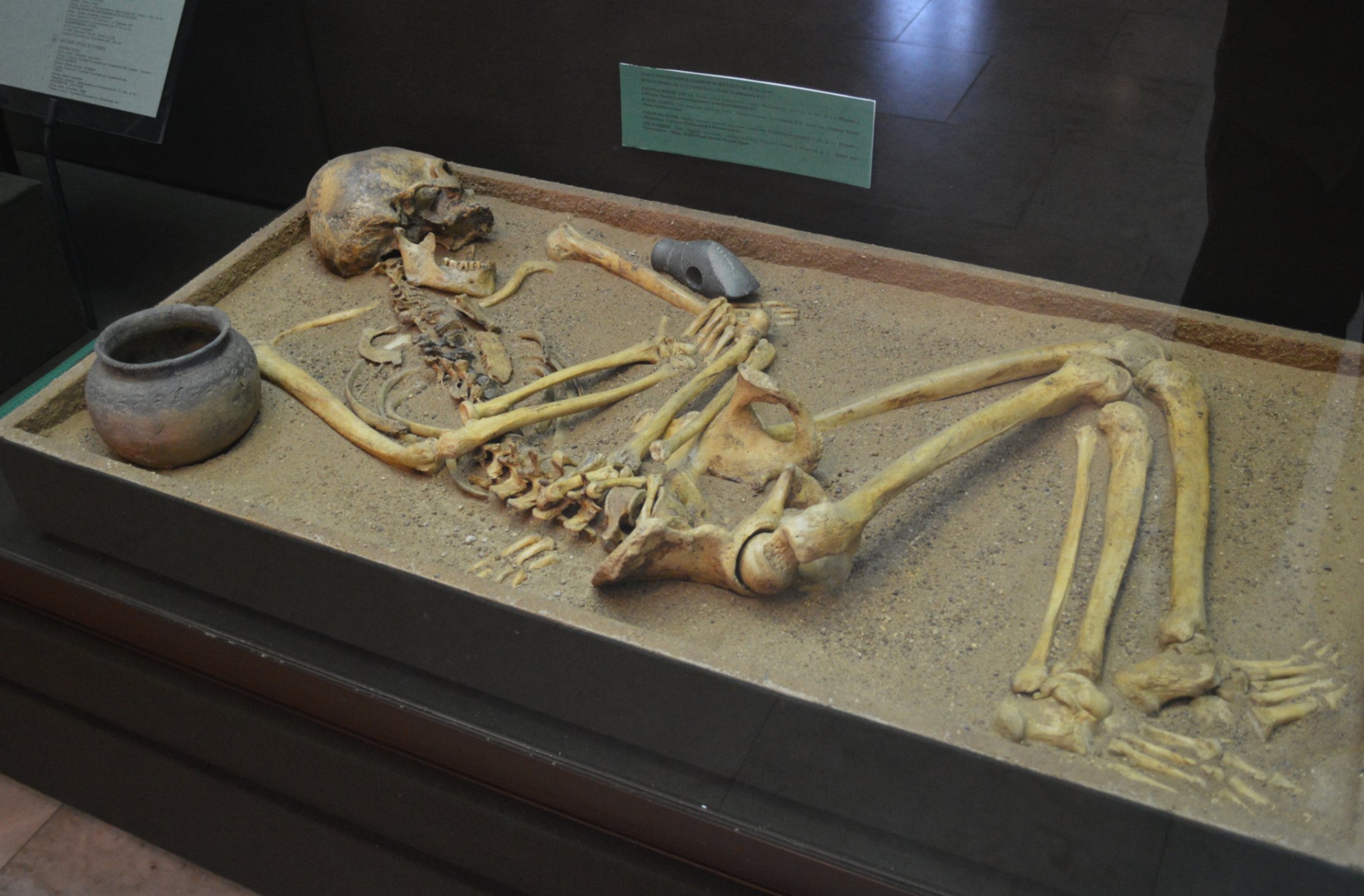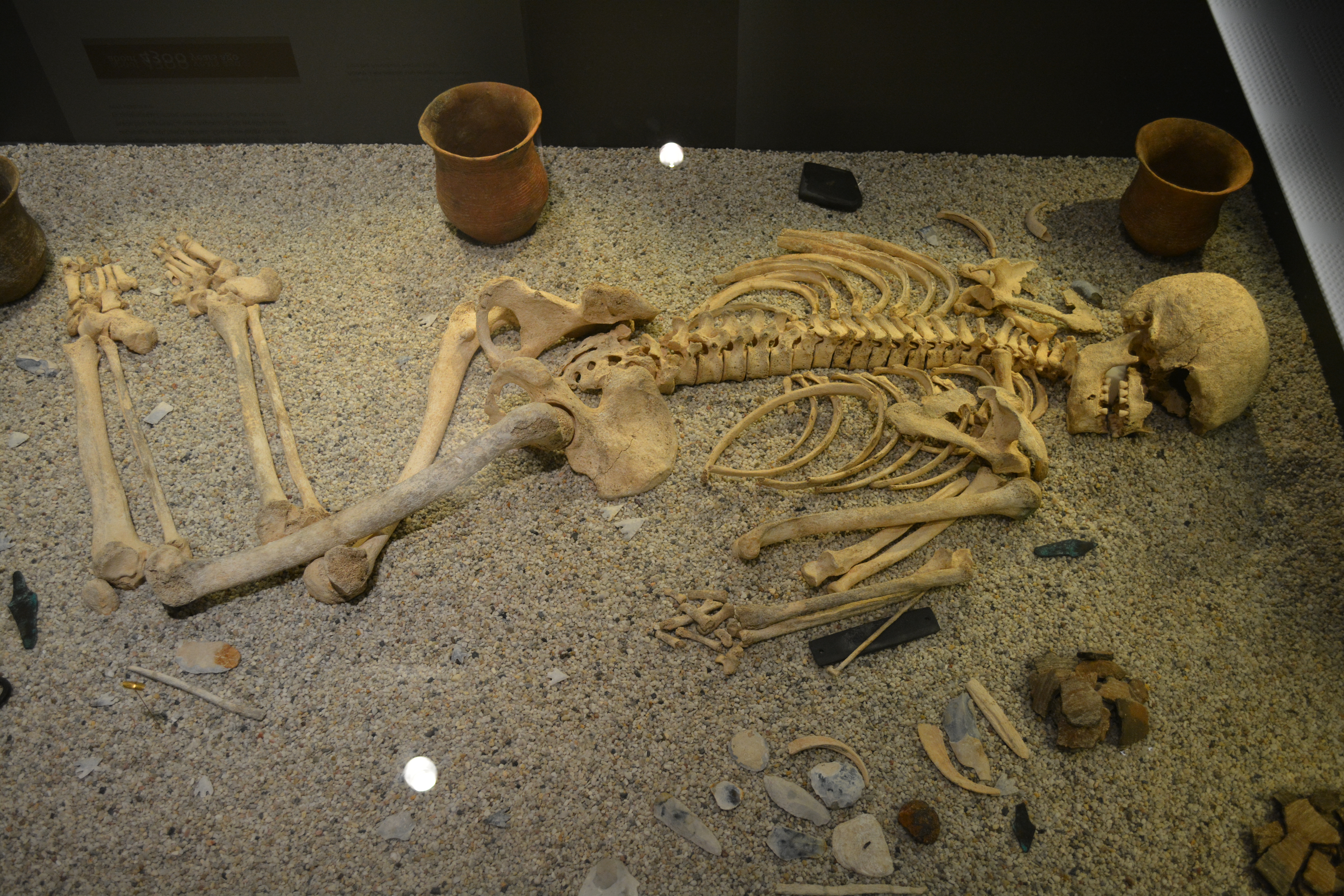The discovery of the grave of the Amesbury Archer near Stonehenge stands as one of the most significant archaeological findings in Europe. This burial, dating back over 4000 years, has provided invaluable insights into the lives, beliefs, and societal structures of the people who lived during the Neolithic period.

The Amesbury Archer, often referred to as the “King of Stonehenge,” was unearthed in 2002, captivating archaeologists and historians alike. The grave contained the remains of a man, adorned with an array of precious grave goods, including stone and copper tools, arrowheads, jewelry, and pottery. The richness and variety of these artifacts suggest a person of significant status and importance within the community.

The discovery of the Amesbury Archer has challenged previous assumptions about the people who built Stonehenge and the surrounding area. The presence of imported goods, such as the copper used in the Archer’s tools, indicates long-distance trade networks and a sophisticated society capable of complex interactions.
Furthermore, scientific analysis of the Archer’s teeth revealed that he was not originally from the Stonehenge area but likely came from the Alpine region of central Europe. This finding has raised intriguing questions about migration patterns and the connections between different Neolithic communities across Europe.

The grave of the Amesbury Archer has provided a unique window into the rituals and beliefs of the Neolithic people. It suggests that Stonehenge and its surroundings were not just places of spiritual or ceremonial importance but also hubs of cultural exchange and social hierarchy.
The significance of this discovery extends beyond its immediate archaeological implications. It highlights the enduring fascination and mystery surrounding Stonehenge, a UNESCO World Heritage Site, and its role in human history. The burial of the Amesbury Archer adds another layer to the complex narrative of this ancient monument and invites further exploration and research.

The grave of the Amesbury Archer stands as a testament to the power of archaeological discoveries in unraveling the secrets of the past. It reminds us of the vastness of human history and the continuous quest to understand our ancestors and the ancient civilizations that shaped our world.